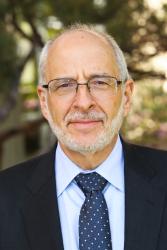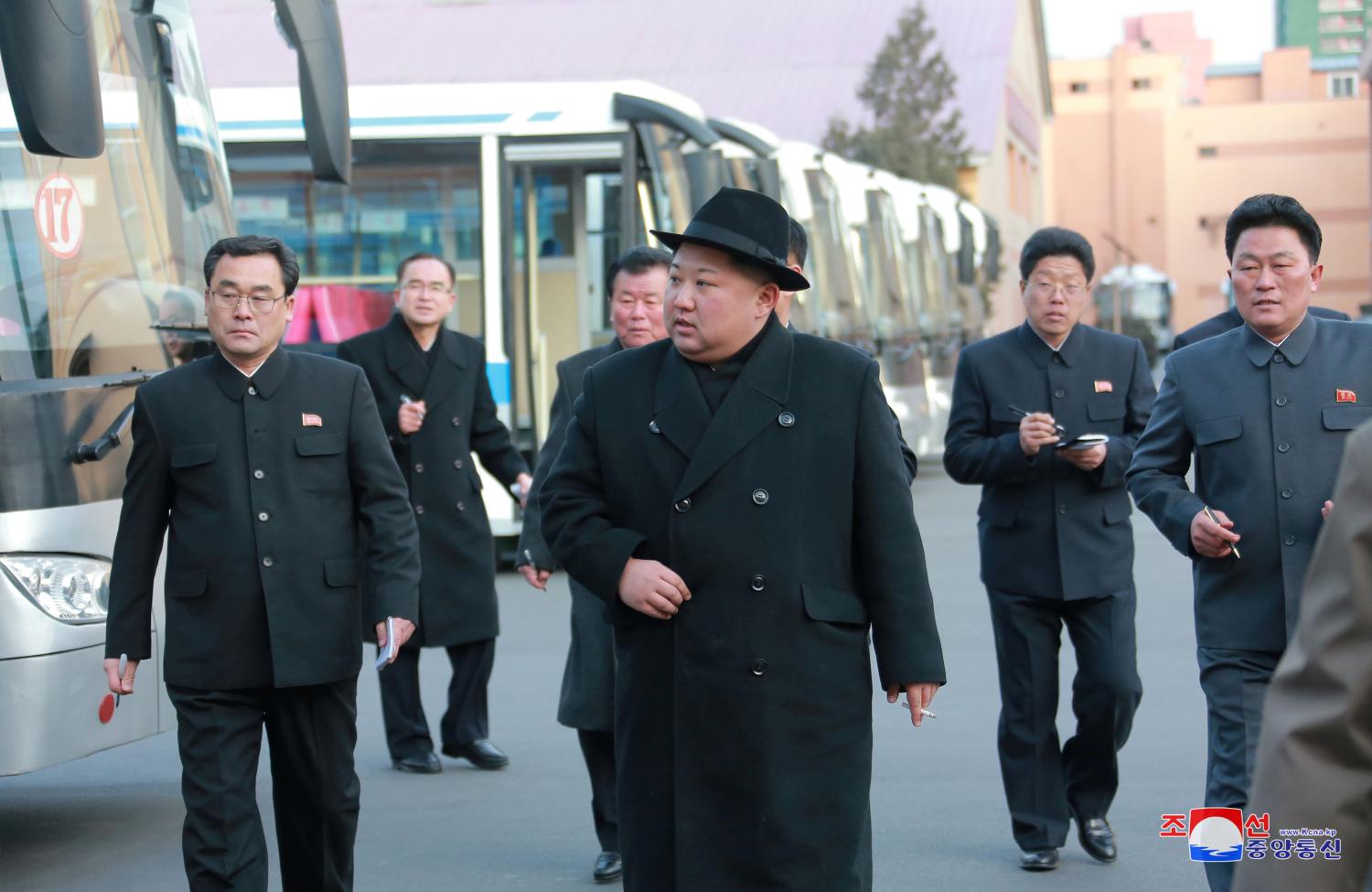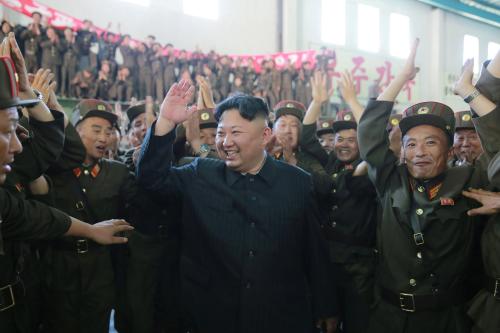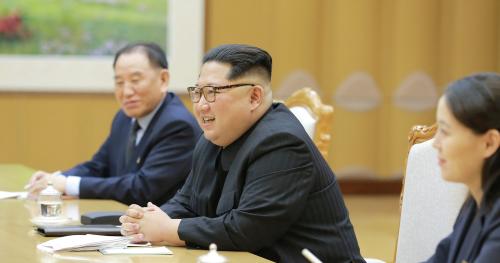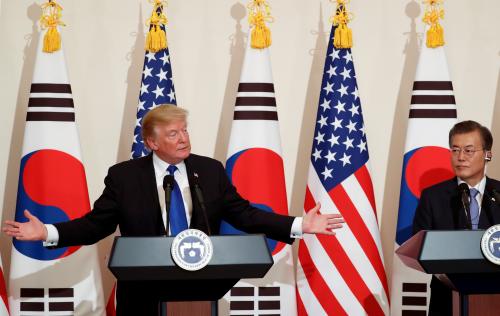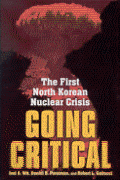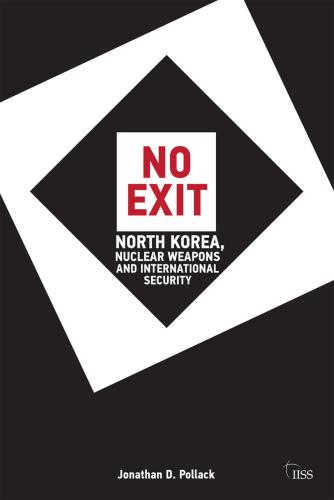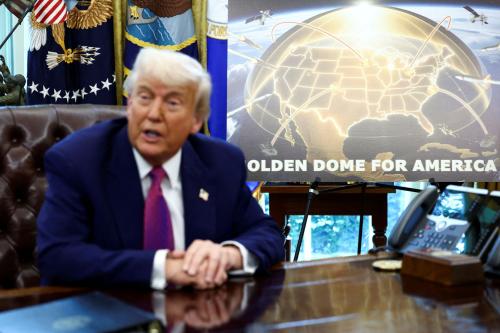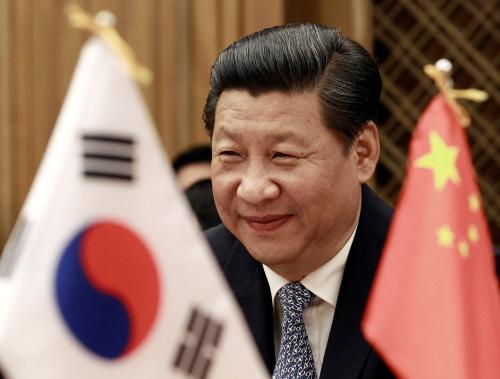This paper was presented at the 6th Brookings-Korea Research Institute for National Strategy (KRINS) joint conference, “Strategy of the Kim Regime and the ROK-U.S. Response in the Era of North Korea’s Nuclear Upgrades,” in Seoul on January 17, 2018.
At the January 2013 session of this symposium, I addressed the North Korean nuclear and missile threat in the early transition from Kim Jong-Il to Kim Jong-un. At the time, there were numerous questions and few definitive answers. The DPRK had yet to conduct its third nuclear weapons test, though it had just completed a successful satellite launch in December 2012. It had also abruptly walked away from the “Leap Day” agreement of February 2012 and had declared several months later that North Korea was “a nuclear-armed state” in its revised constitution. Barack Obama had just begun his second term as U.S. president, and Park Geun-hye was awaiting inauguration. North Korean policy statements offered no indication that the DPRK would step back from (let alone reverse) its nuclear and missile programs. However, Kim Jong-un’s pledge that the citizens of North Korea would never again have to “tighten their belts” suggested to some analysts that the North’s commitment to full-scale nuclear development was primarily a symbolic rather than definitive policy commitment. It was also uncertain whether technical and economic constraints might limit the pace of weapons development, and whether North Korea was truly intent on development of an operational nuclear capability. There was the additional question of whether Kim would continue to defy Chinese warnings not to conduct additional tests.
North Korea has since provided unambiguous answers to these questions. There is no reason to conclude that Pyongyang will slow or reverse its weapons programs. The DPRK argues that it will expend the necessary resources to achieve a credible weapons capability, though the extent of these resource commitments and the DPRK’s definition of a credible nuclear force depend on the presumed purposes of its strategic programs and the scope of North Korean technological and industrial capabilities. In February 2013, North Korea conducted its third nuclear test and at the end of March put forward its byung-jin policy, committing the regime to parallel development of nuclear weapons and economic advancement. At the same time, the Supreme People’s Assembly promulgated legislation “consolidating possession of nuclear weapons state for self-defense,” a ten-point law that prefigured many of Pyongyang’s subsequent actions.
Between 2013 and 2015, progress in the missile program seemed somewhat fitful. However, over the past two years but especially in 2017 multiple testing programs have advanced very rapidly, triggering repeated warnings by senior U.S. officials that North Korea was on the cusp of an intercontinental capability (i.e., a missile with a range in excess of 5500 km) able to reach the continental United States. In 2016, North Korea also accelerated its nuclear testing program with two additional nuclear tests (the first was purportedly the initial test of a hydrogen weapon and the latter was purportedly the test of a nuclear warhead design). There were approximately two dozen missile tests during 2016, as well as static engine tests that prefigured subsequent breakthroughs in weapons development. These included multiple failures and the sole successful launch of the long deployed but previously untested Hwasong-10 (also known as the Musudan), and the first successful launch of the Pukukksong-1, a solid-fueled, sea based ballistic missile that followed several failed tests.
Viewed in hindsight, Kim Jong-un had decided to double down on his nuclear and missile wager. The results of Kim’s decisions became fully evident during 2017. In his New Year’s speech of January 1, Kim declared that North Korea had “entered the final stage of preparation for the test launch of [an] intercontinental ballistic missile.” Over the course of the next eleven months, North Korea raced to its self-declared finish line. There were an additional two dozen missile tests, including three with potential intercontinental reach (all flown on a depressed trajectory within the East Sea/Sea of Japan) and two IRBM tests that overflew Hokkaido. These involved perhaps five previously untested (and in some instances, hitherto unknown) missiles, including the Pukukksong-2, the land-based version of the North’s solid-fueled missile. North Korea also claimed that it had perfected a miniaturized nuclear warhead to place atop its missiles.
The testing program culminated in the latter months of 2017 with a claimed thermonuclear test in September with an explosive yield estimated as high as 150 kilotons, followed by the launch of the Hwasong-15 in late November that in a normal trajectory could have reached anywhere in the continental United States. In addition, North Korea claimed that a prototype reentry vehicle had survived intact, though intelligence analysts in the U.S., ROK and Japan disputed this claim. The DPRK also stated that the Hwasong-15 would be able to deliver a “super heavy nuclear warhead.” A Rodong Sinmun editorial then declared that North Korea had built “a nuclear armed force for self- defense…[that] put an end to the US imperialists’ atrocious and outrageous nuclear threat and blackmail and [would] firmly safeguard the dignity of the nation, the sovereignty of the country and peace on the Korean Peninsula and in the rest of the world.”
These stunning advances greatly accelerated multilateral efforts in the UN Security Council to isolate and sanction the regime, as well as various unilateral actions imposed by a number of states. The North’s missile successes also triggered active consideration of still undisclosed “military measures” under consideration by the Trump Administration. Two days after Trump’s election, President Obama had warned the President-elect that North Korean nuclear and missile programs would preoccupy the incoming administration, and this prediction proved accurate. Even as North Korea claimed possession of a nuclear deterrent that protected it from direct attack, U.S. efforts to deny Pyongyang completion of its core strategic objective increased appreciably, raising tensions on the Korean peninsula to their highest level in decades.
The acceleration of the North’s weapons development raises numerous questions. Why, after more than six decades without major armed conflict on the Korean peninsula, had North Korea opted to extend its strategic reach far beyond the peninsula and the region? (North Korean missiles have traveled much more extensively than Kim Jong-un, who appears to have not traveled outside the DPRK since returning to Pyongyang in the very early 2000s.) What best explains Kim Jong-un’s simultaneous commitment to multiple strategic programs? Is there any discernible strategic design shaping Kim’s personal identification with these activities? Are there any indications of what the DPRK (or Kim) believes would be sufficient for its strategic purposes? At the same time, is there a point at which the costs and risks could outweigh any presumed strategic advantage these capabilities might yield for North Korea?
During the Kennedy Administration, the renowned systems analyst Alain Enthoven posed the essential question facing every strategic and defense planner: how much is enough? What level of capability do political and military leaders deem necessary to achieve their national security objectives? North Korea is not exempt from these considerations, though in a totalitarian system these decisions are not subject to serious scrutiny, let alone public deliberation. To judge by the extraordinary effort and expense invested in the North’s weapons programs, nuclear weapons and missiles represent the highest priorities of the Kim regime. The question is why. What needs, purposes, and fears motivate Kim Jong-un, and justify the prodigious economic and political costs of these efforts? Can Kim sustain these programs indefinitely without undermining other regime goals? Are there realistic options for the U.S., ROK and others to deny North Korea realization of its objectives? To address some of these issues, we need to turn attention to the beliefs animating North Korean nuclear and missile development under Kim Jong-un.
The Brookings Institution is committed to quality, independence, and impact.
We are supported by a diverse array of funders. In line with our values and policies, each Brookings publication represents the sole views of its author(s).
